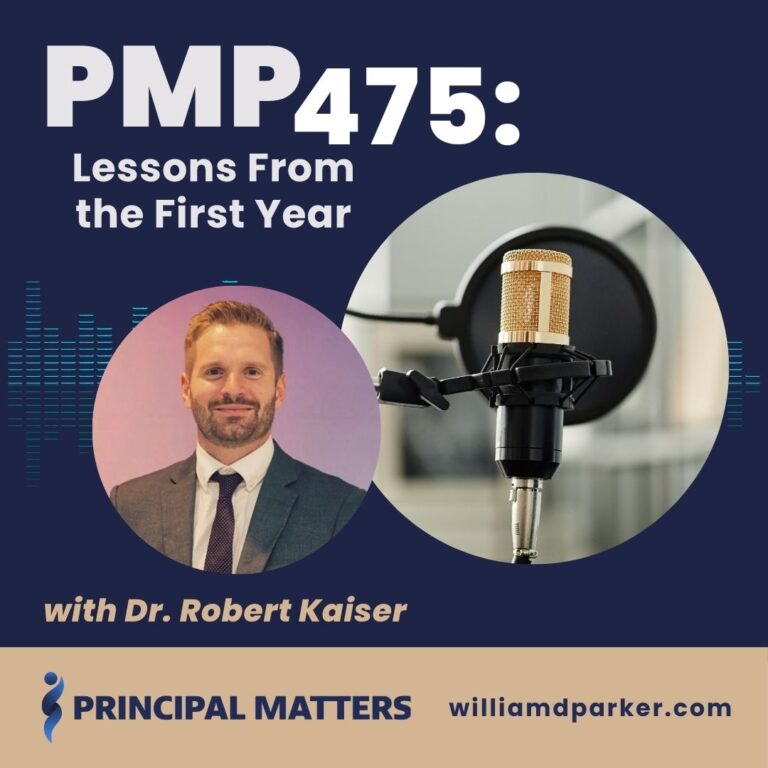There are many things I love about the state of Oklahoma: the open sky, painted sunsets, small towns, and grass prairies.
There’s such unique beauty in the art deco of Tulsa’s downtown, the brilliant sands of the Great Salt Plains, the rambling hills around Poteau, or the deep caverns and red crags near Woodward.
If you’ve been in Oklahoma for any amount of time, you’re also familiar with the quickly changing weather patterns here. It’s one of the reasons our favorite NBA team is the Thunder.
Most of all, I enjoy the people: a mix of native Oklahomans whose histories are woven with cowboy legends and proud Native American heritage. Like most places, mobility has transplanted the rest of us here for reasons of work, school, family, or a slower-pace of life.
And I’m also an admirer of our schools. Not only have I spent the last twenty-three years in schools around the Tulsa area, I’ve also had opportunities to visit many others across the state. I’m proud of the quality of life Oklahoma provides for families, and the quality of schools our children attend.
Paying Attention to Long-term Signposts
When I began my teaching career over twenty years ago, I remember talking to veteran teachers who loved their jobs but worried about the difficulty of planning for retirement in a state where the average starting salary was one of the lowest in the nation. A lot of my colleagues were choosing to move to Texas, Arkansas, or Missouri.
I remember saying at the time, “Well, this isn’t sustainable. Surely, the state legislature will figure out a better solution for funding education before long.”
Fast forward to 2016, and Oklahoma teachers’ annual salaries are still one of the lowest in comparison to national averages. With cost of living increases, not much has changed in the past two decades. This past year, in fact, the Oklahoma School Board was forced to approve nearly 1,000 emergency certifications across the state so that schools could fill positions for which qualified teachers could not be found.
In light of the growing alarm among public educators, our state legislature still voted not to increase spending for common education; instead, they decided to cut state income taxes. This move coincided with plummeting oil prices (one of our state’s largest industries), and schools are now facing significant cuts in state funding mid-year.
Now the state has announced immediate 3% cuts and projected cuts of at least 10% for the next school year.
Since most school districts commit approximately 85% of their budgets for employee salaries or benefits, the options for moving ahead are limited. Here’s the reality: Schools with less funding will be forced to have fewer employees who will then be expected to serve greater numbers of students because of class-size increases.
Sailing Into a Storm
I’m not a sailor, but I would imagine that sailing into a storm would be a difficult challenge. Battening down the hatches, stowing provisions, and securing passengers are phrases that come to mind.
At my school, we are having conversations about ways we may be able to constrain spending: items like cutting field trips, limiting sub-pay, postponing purchases, and turning down the heat are nickel-and-dime solutions that may help a little. But filling the hole that a 10% cut may create will take more drastic measures than conserving copy paper.
I’ve seen downturns before, but this is largest projected cut I’ve seen in our state. And I’m afraid that the “unsustainable” has finally arrived.
5 Steps When Facing Storms
If you are a school leader facing a difficult road ahead right now, you may relate to the emotional ups and downs that I’ve experienced in recent days. The questions like: What will the future hold? How deep will these cuts affect the quality of my school? At the same time, there are steps that can be taken to assure your team that you’ll weather this together, no matter how severe it appears. So with that in mind, here are five suggestions:
1. Stay united.
Leadership seems much easier when your school experiences smooth sailing. But your school team needs leadership more than ever when times are tough. Make it clear that you plan to be a part of the solution. And then work together, not against one another, for answers.
It is easy for a common enemy to unite people. Don’t let that enemy become your team members; instead, keep in mind that only together can you really find the right answers for serving students if resources are limited.
2. Clearly communicate what you do know.
No one can predict the future, but it is important to let others be aware of what information you can share. Information is a powerful antidote for the fear of the unknown.
Last week, for instance, we had a faculty meeting for an update from our superintendent. Then I sent out a brief email with some budget-follow-up items. I also attached a 16-minute video I made of myself on my laptop, explaining our site budget numbers and trying to give my teachers and staff as much information that was at my disposal.
3. Be politically active.
No matter how frustrating it seems at times, it is important to voice concerns to elected officials. And it is equally important to vote for candidates you believe have realistic solutions to unsustainable policies. I was happy to see our most recent special election sending a pro-education candidate, JJ Dossett, to the state capital.
4. Engage your community.
Remember that your greatest advocates are the people whom you serve. Dr. Rick Cobb in Mid-Del City, Oklahoma has begun a grassroots effort called GiveItBackOk. This initiative is asking people to donate tax refunds to their favorite school activity fund, school foundation, or booster club so that programs can begin saving now for the cuts schools will be facing in the coming months.
5. Celebrate your successes.
Parents, patrons, and community members need consistent reminders of the great things happening in your school. So encourage your teachers to share highlights of great lessons, photos of learning experiences in emails, Facebook posts, Tweets, and newsletters. Make it obvious that your community’s investment in your school is worth it!
Conclusion
When I was a boy, I was riding one afternoon in a pickup truck with my Uncle Jimmy. As we pulled up the gravel field road by the farm pond, we noticed some calves kicking and butting heads.
“See those calves?” Uncle Jimmy asked.
“Yes, sir,” I replied.
“Know what that means when they’re rowdy like that?” he asked.
“No, sir.”
“Well, when they start dancing and butting around like that, it means a storm’s coming.”
Sure enough, that evening a big storm burst loose, and I remembered Uncle Jimmy’s premonition.
Since then I’ve noticed his farm-wisdom rings true in other settings as well.
As I look on the horizon of Oklahoma’s coming year, it’s easy to see there’s a storm coming. Our state may be facing the greatest revenue shortfall since I’ve been in education. Schools will be working hard to figure out ways to prepare for the shortfalls, but that doesn’t change the need for strong leadership.
Assure your school team you’re in this together, clearly communicate the facts at hand, reach out to those whose decisions affect school-funding, engage your community, and keep celebrating even the smallest successes.
Our schools and communities are worth it. When we take courageous action even during tough times, we’ll be able to ensure a place that our own children will be proud to love.
Now It’s Your Turn
Perhaps your school is facing the same challenges as my own. What are some other suggestions you have for being proactive in responding to the challenges ahead?
Sign-Up For Free Updates and Ebook
When you enter your email address here, you will automatically receive my newest posts and a free Ebook, 8 Hats: Essential Roles for School Leaders. Let’s keep learning together!
Principal Matters–The Book!
School leaders are very busy, so each of the twenty-four chapters is designed as a quick-read and followed with take-action questions for follow-up or reflection. If you want practical ideas on understanding your purpose, managing school teams, dealing with challenges, and leading with courage, action, motivation, and teamwork, go HERE to pick up a copy for you or your team.




